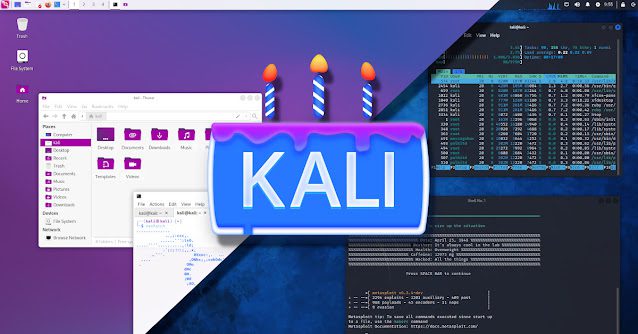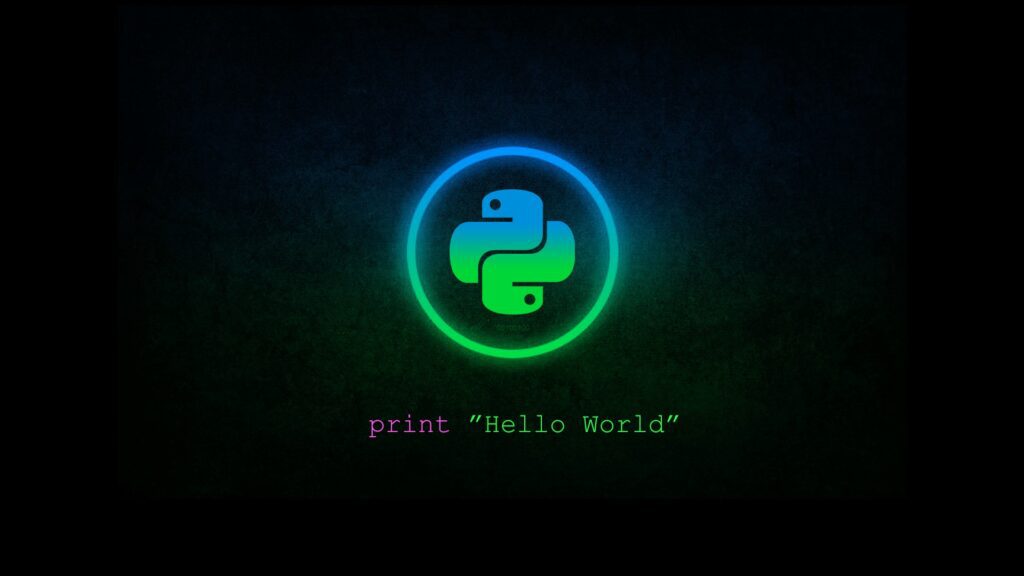Another danger has arisen that takes advantage of a weakness in Microsoft Groups. This attack, known as the GIFShell attack, permits danger entertainers to execute orders and take information utilizing GIFs. This blog entry digs into the subtleties of this weakness, its suggestions, and the reaction from Microsoft.
What is the GIFShell attack?
The GIFShell attackis an original strategy that permits danger entertainers to manhandle Microsoft Groups for phishing attacks and secretly executing orders to take information utilizing GIFs.
The attack takes advantage of a progression of weaknesses and defects in Microsoft Groups, utilizing the stage’s genuine framework to convey pernicious records and orders, and exfiltrating information through GIFs.
The information exfiltration is finished through Microsoft’s own servers, making the traffic harder to recognize by security programming that sees it as authentic Microsoft Group’s traffic.
How Does the GIFShell Go after Work?
The fundamental part of the GIFShell attackis an opposite shell that conveys noxious orders by means of base64 encoded GIFs in Groups, and exfiltrates the result through GIFs recovered by Microsoft’s own framework.
The assailant initially persuades a client to introduce a vindictive stager that executes orders and transfers order yield through a GIF URL to a Microsoft Groups web snare. The stager persistently examines the Microsoft Groups logs for messages with a GIF, extricates the base64 encoded orders, and executes them on the gadget.
The result of the executed order is then changed over completely to base64 text and utilized as the filename for a distant GIF implanted in a Microsoft Groups Study Card that the stager submits to the aggressor’s public Microsoft Groups webhook.
Ramifications of the GIFShell Attack
The GIFShell has serious ramifications for network safety. As the attack involves Microsoft’s servers for information exfiltration, it can sidestep location by security programming. Moreover, as Microsoft Groups runs as a foundation cycle, it doesn’t actually should be opened by the client to get the assailant’s orders to execute.
The attack can likewise be utilized for phishing, with aggressors ready to send noxious records to Groups clients however parody them to look as innocuous pictures. Microsoft’s Reaction to the GIFShell Attack Microsoft has recognized the investigation into the GIFShell attack yet expressed that it wouldn’t be fixed as no security limits were avoided.
They noticed that while the exploration was significant, the issues recognized were post-double-dealing and depended on an objective previously being compromised. Be that as it may, Microsoft left the entryway open to settling these issues in later forms of their product.
As usual, clients are encouraged to pursue great figuring routines web based, including practicing alert while tapping on connections to site pages, opening obscure documents, or tolerating record moves.



